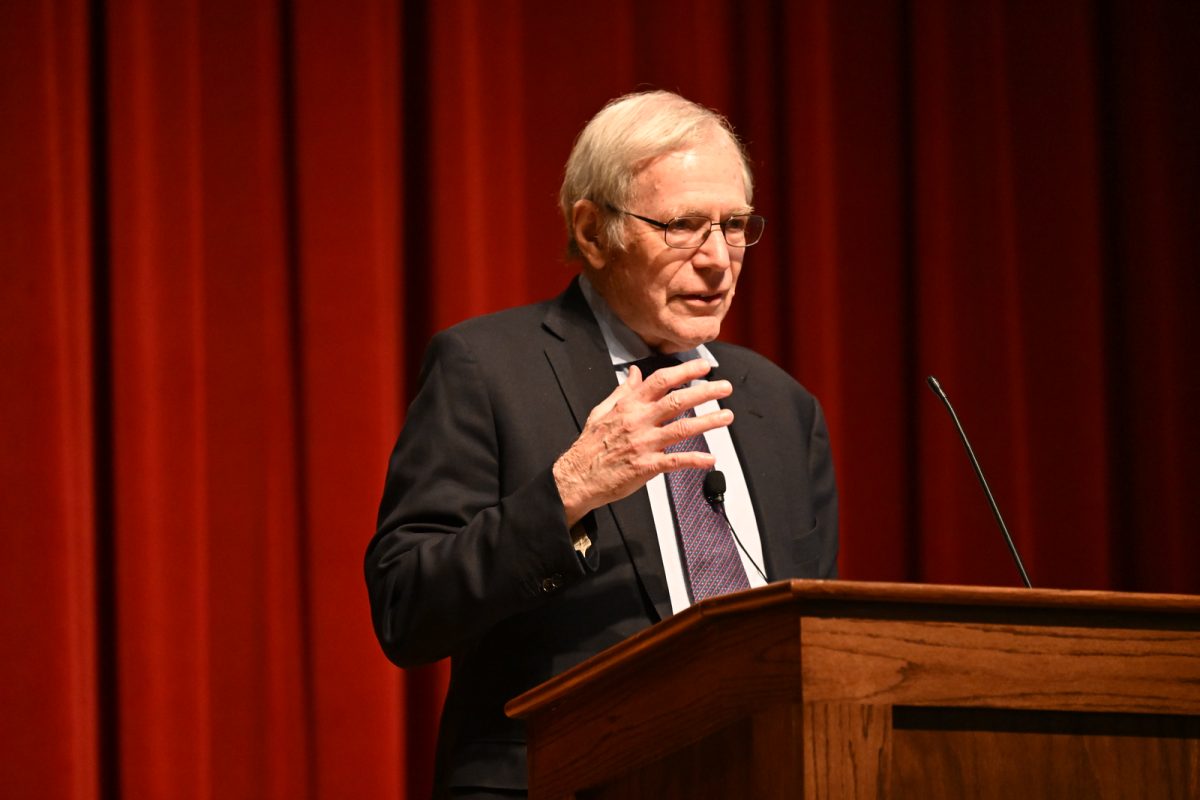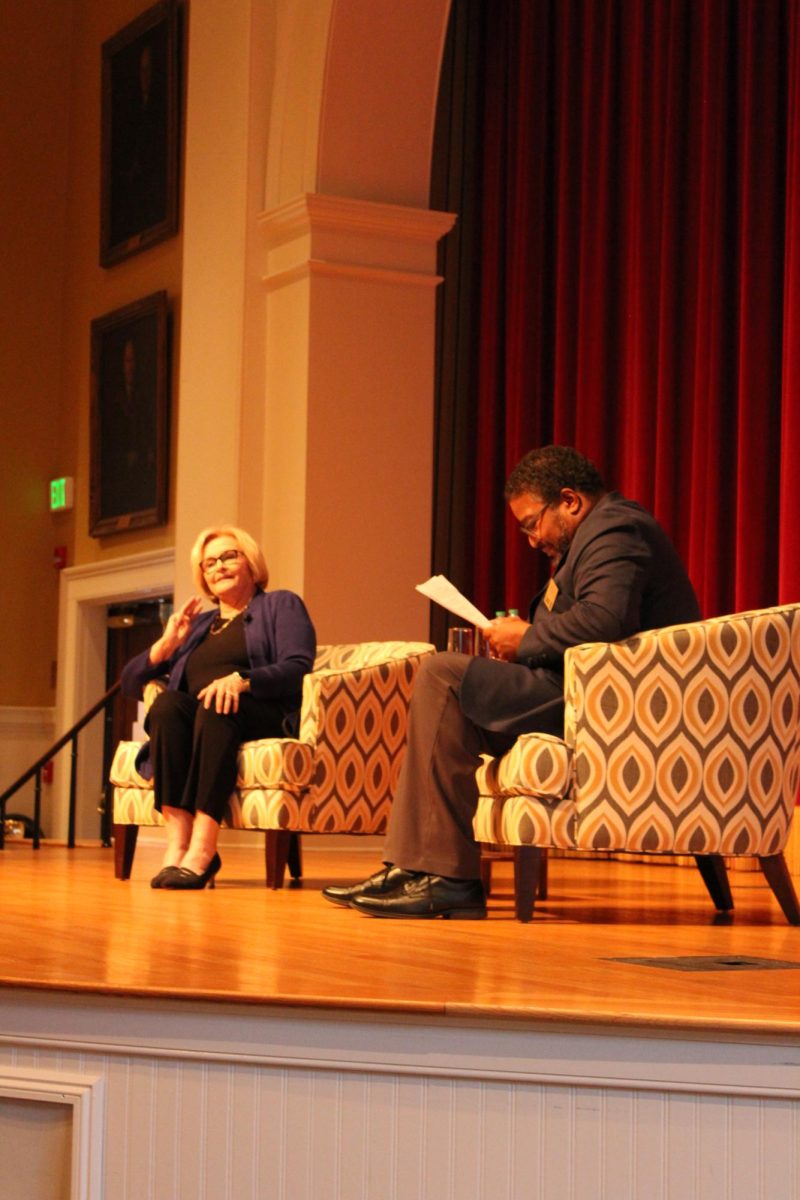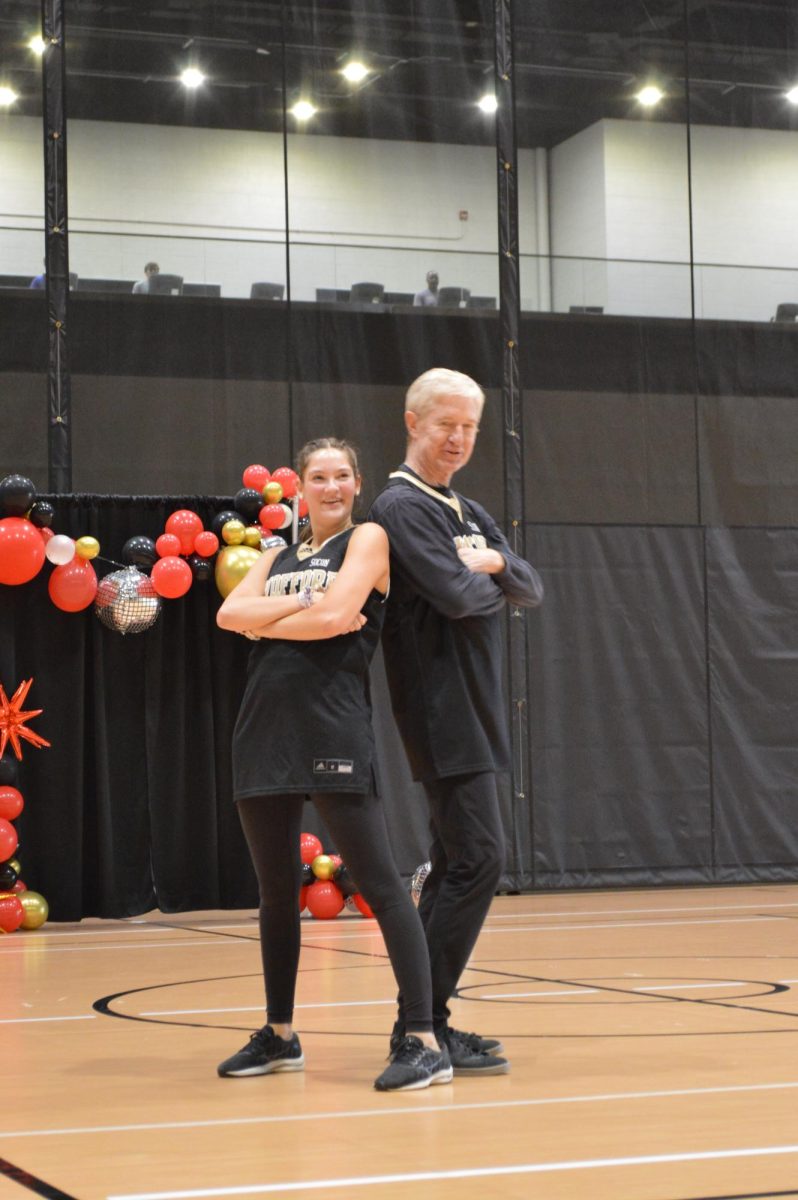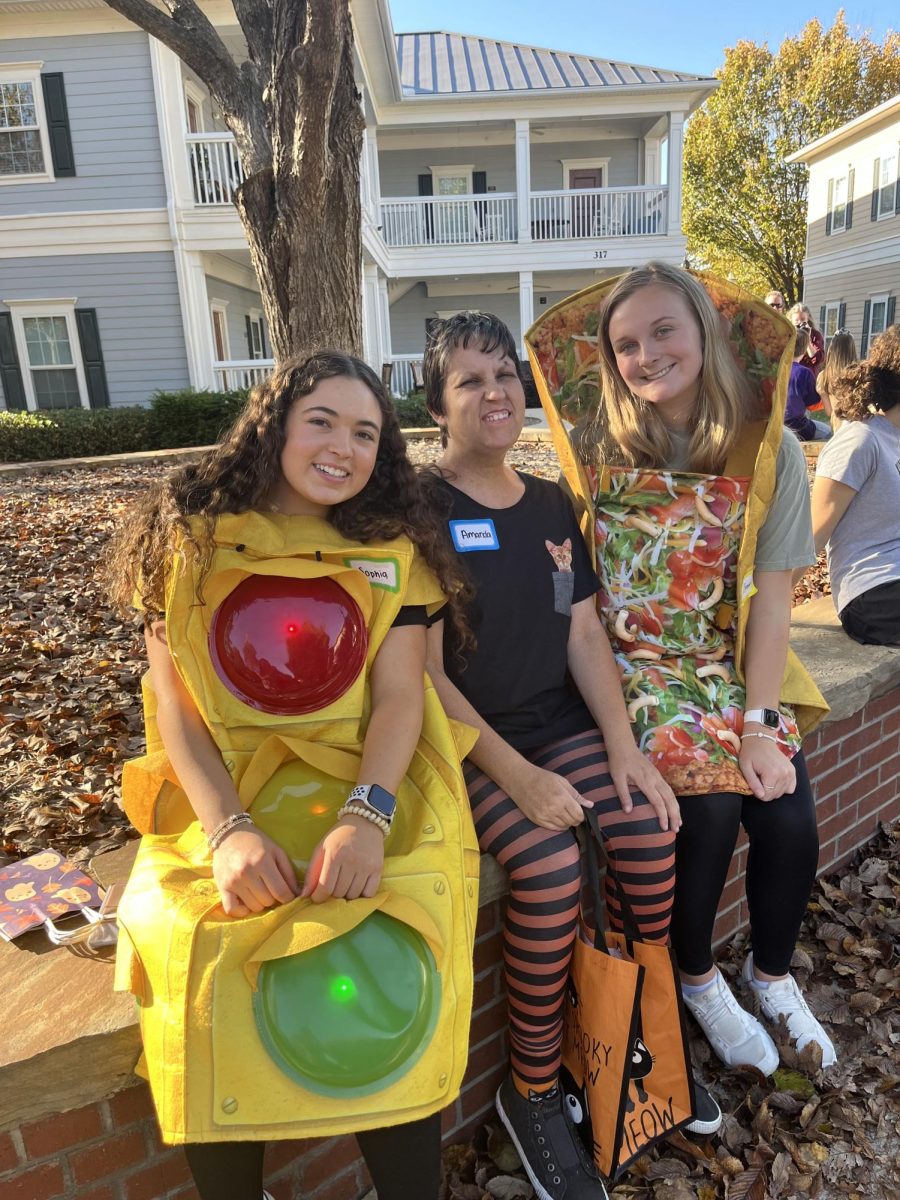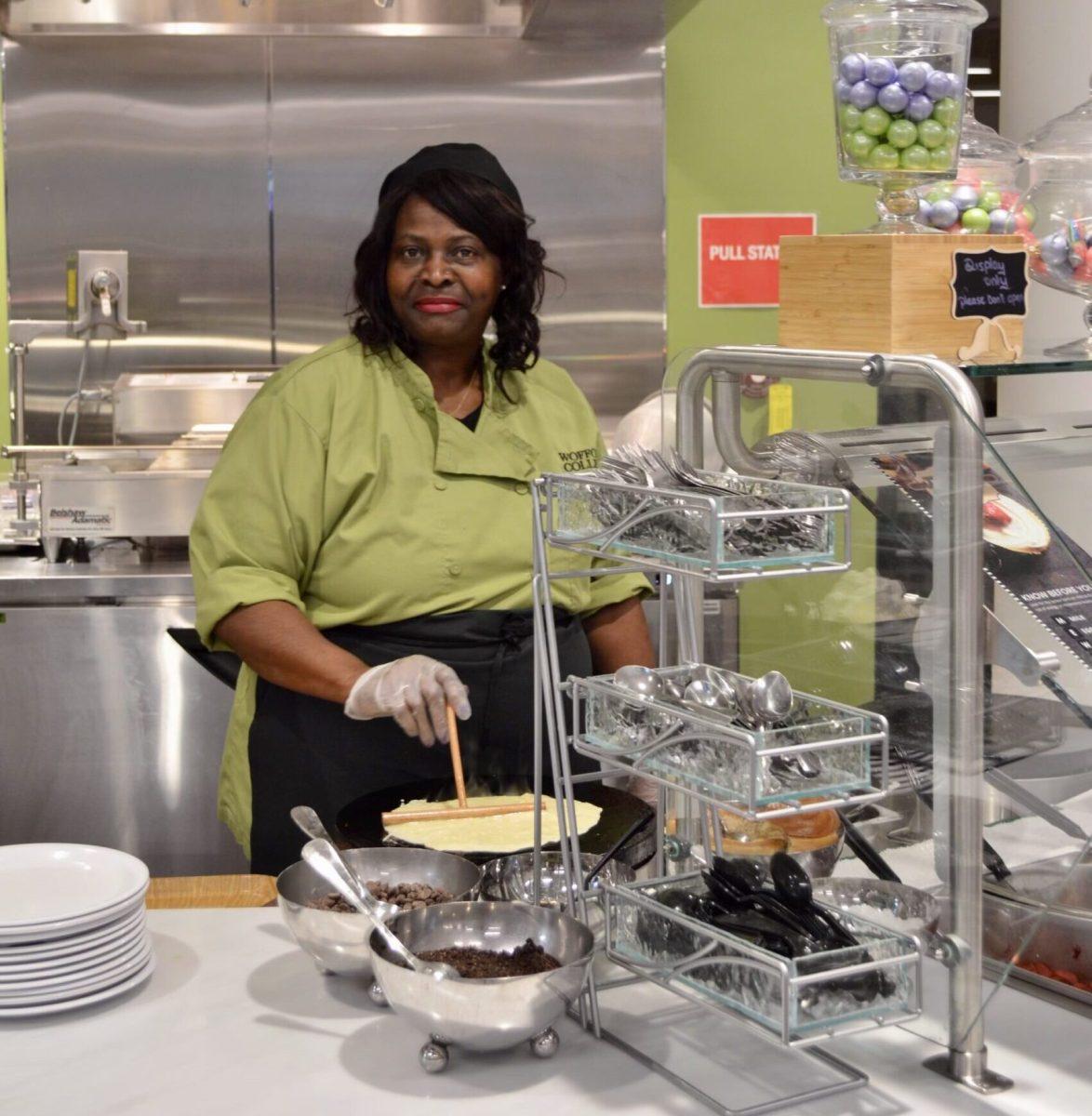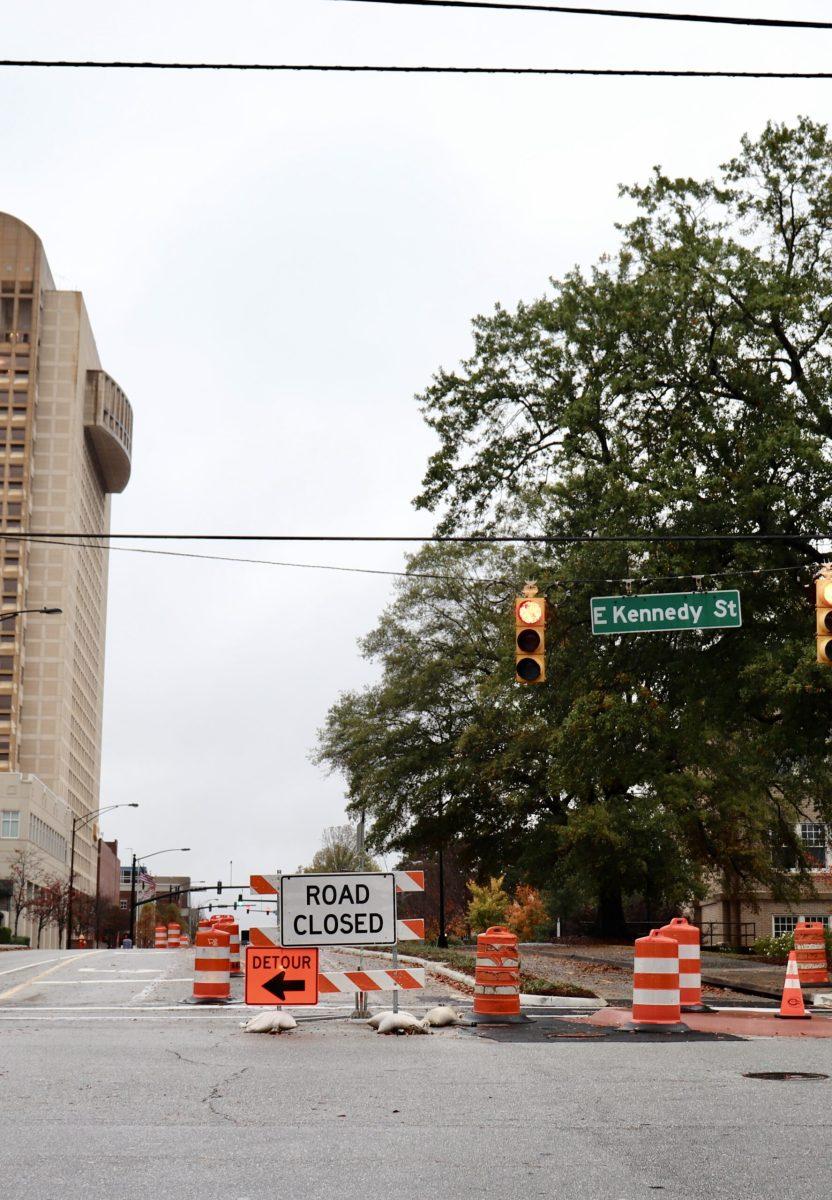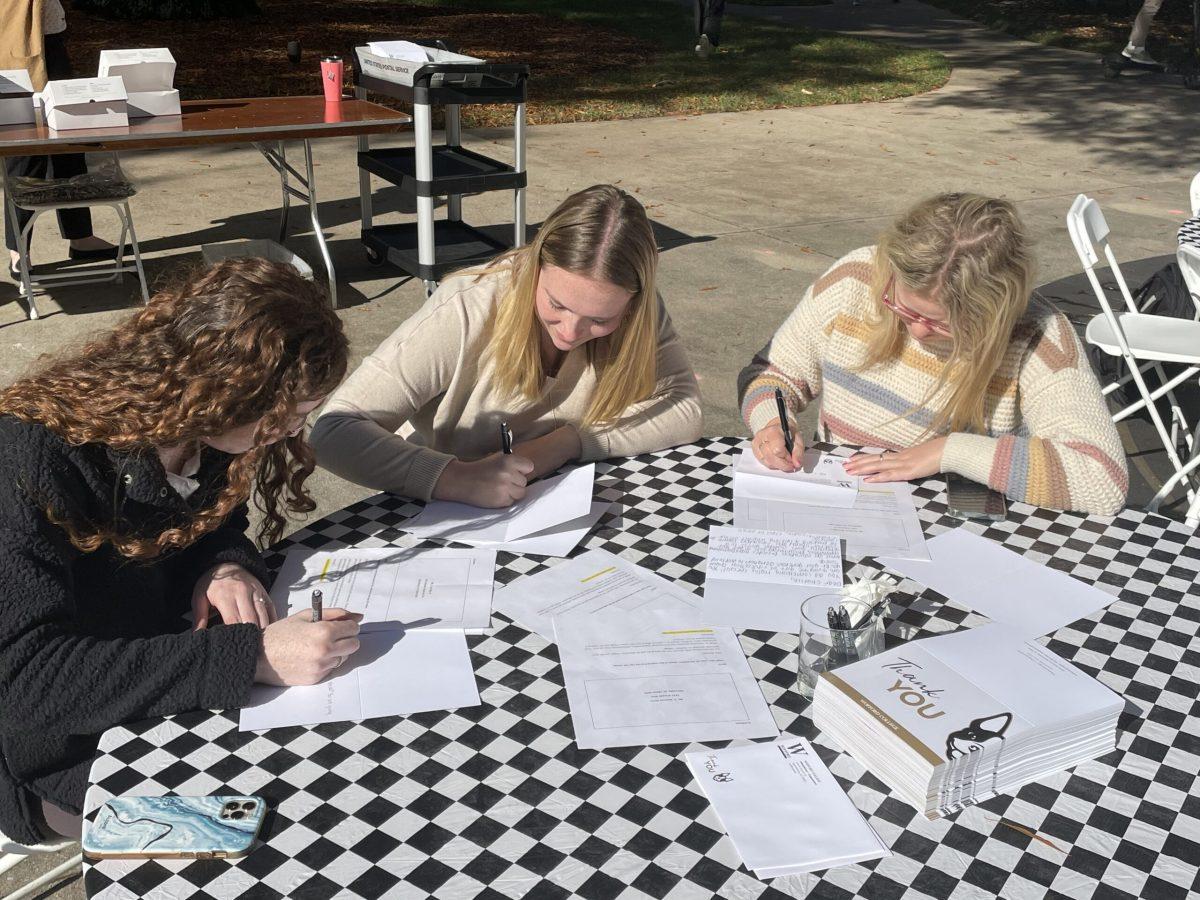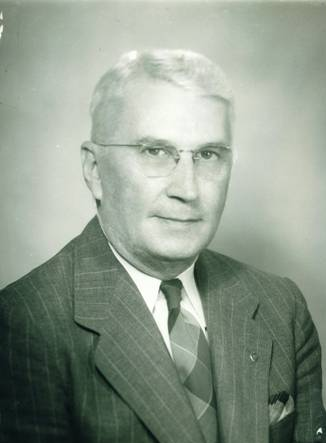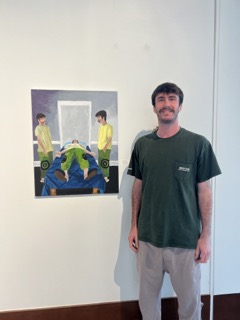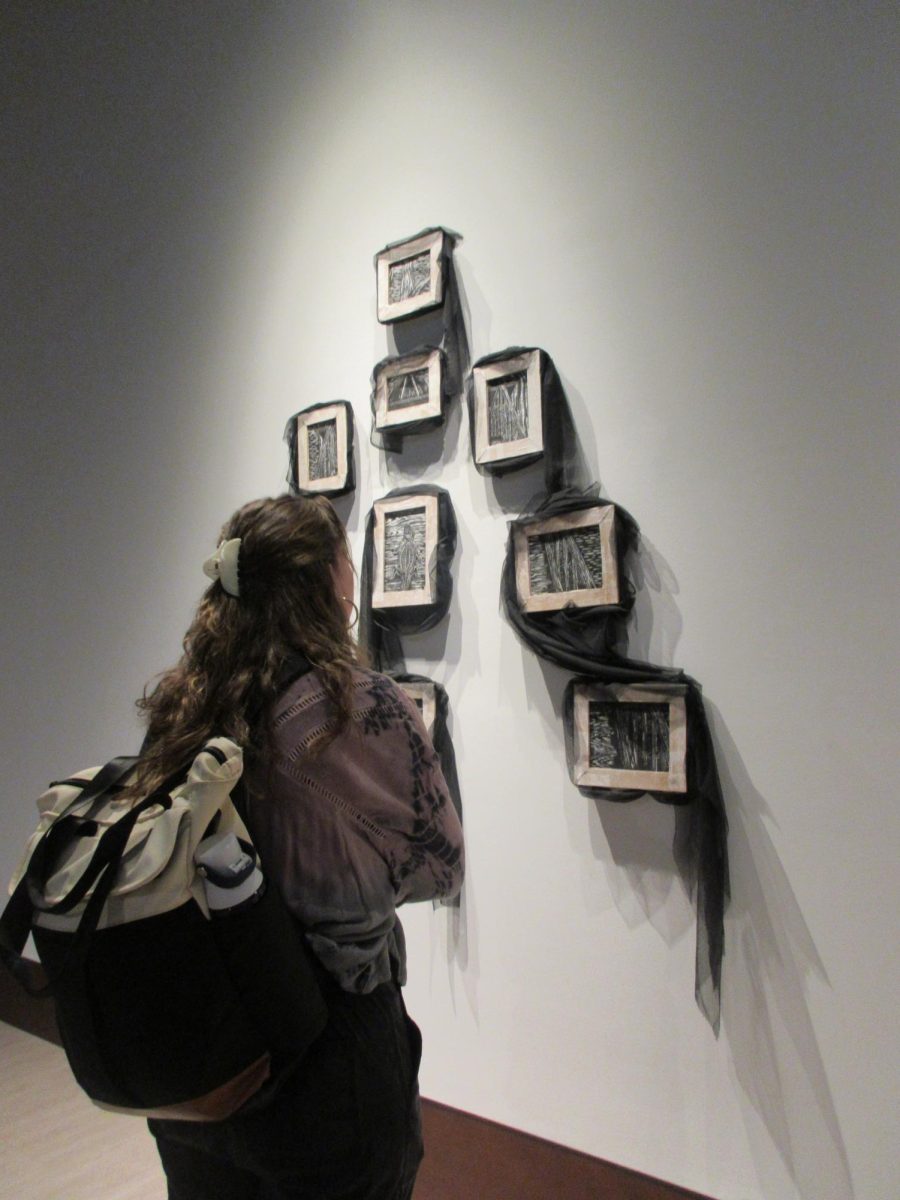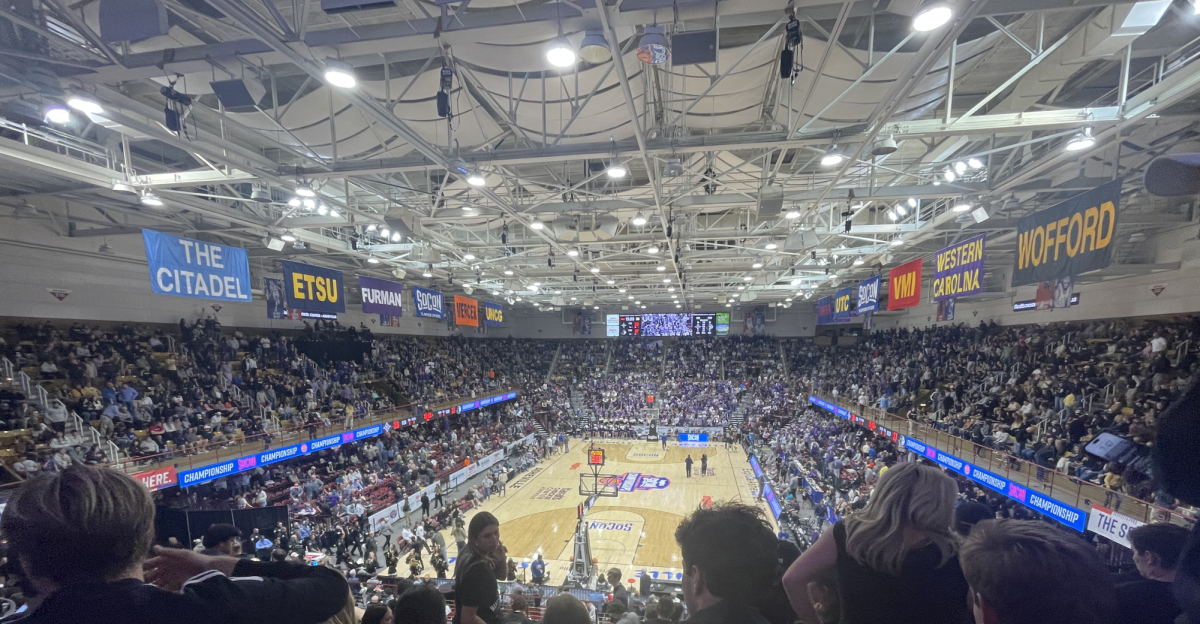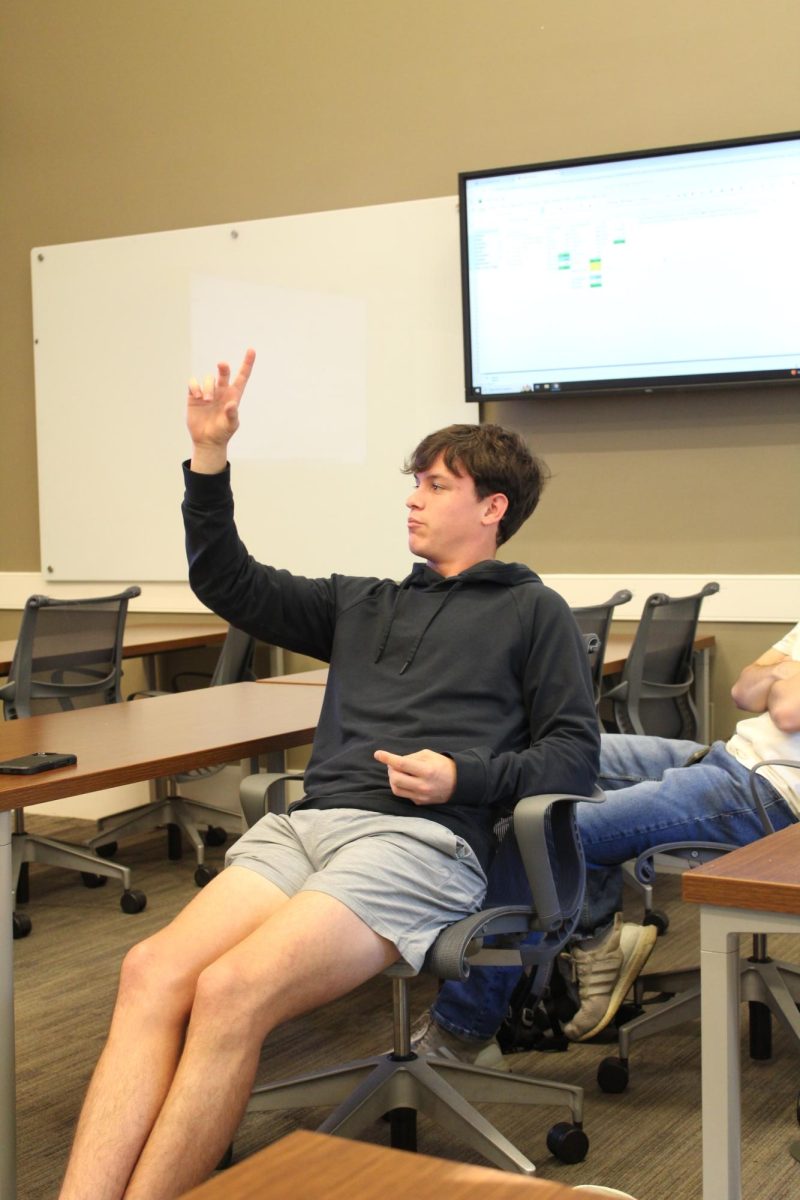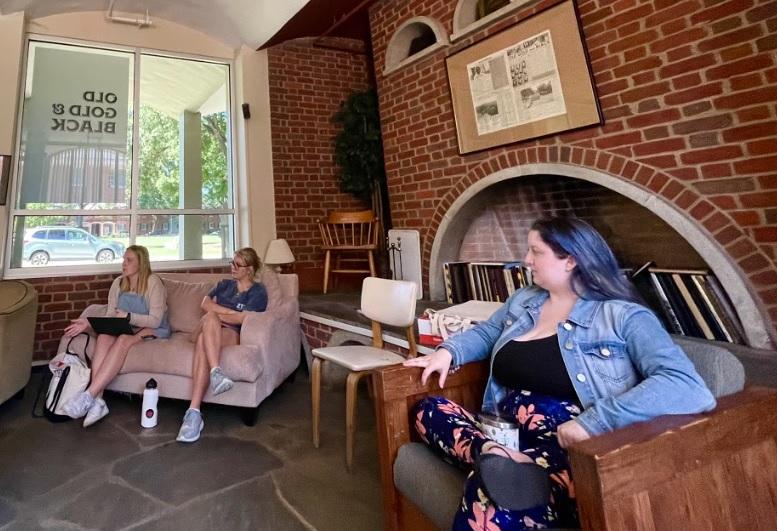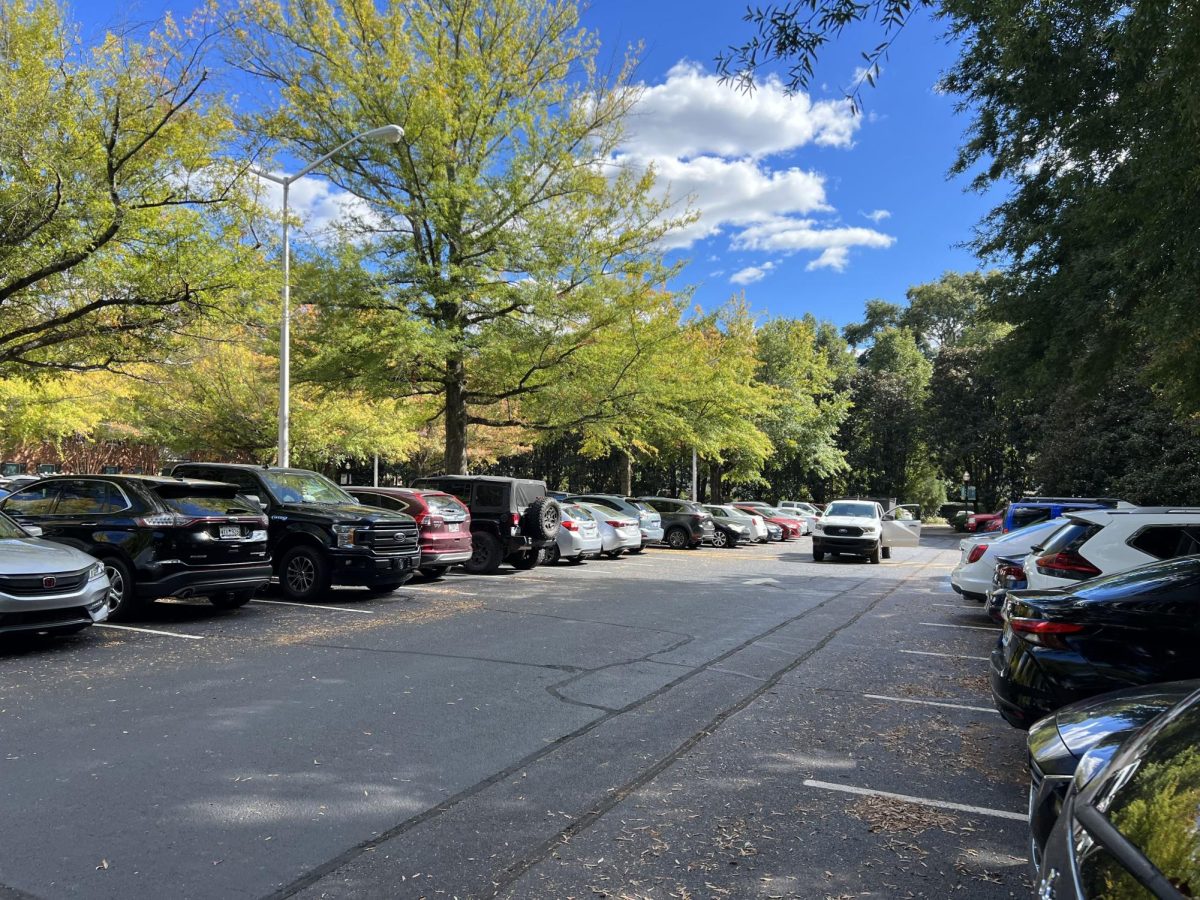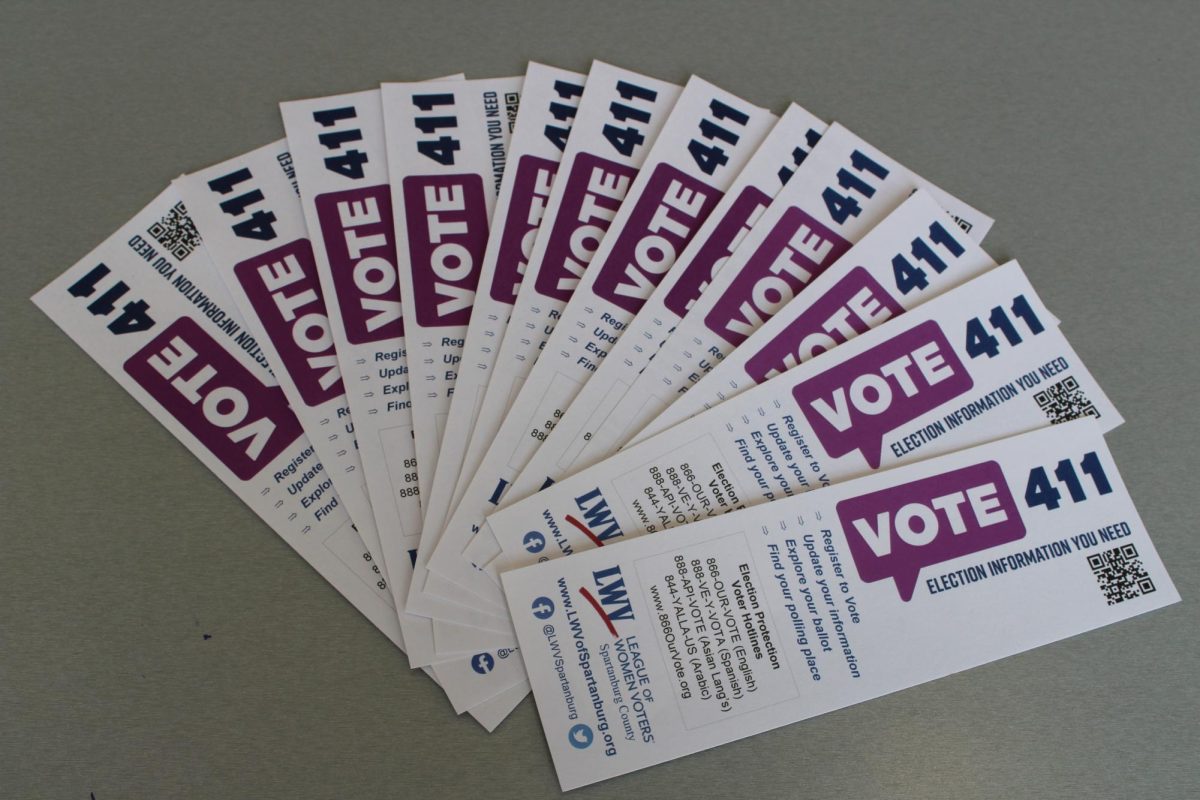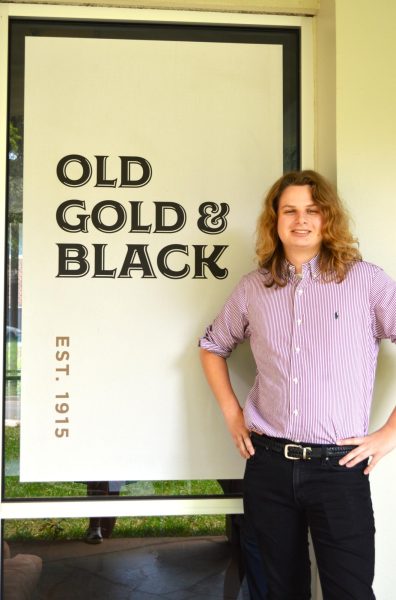On Oct. 6, Clemson News reported that their university’s board of trustees approved a new on-campus parking garage to meet the growing parking shortage as the number of students continues to increase.
While this project still has two or three years until completion, it demonstrates that other colleges and universities understand that they can not accept an increasing number of new students without altering the landscape of their campuses to meet new demands.
Many claim that Wofford has a parking issue as well.
However, a report released by Wofford Presidential Cabinet on Sept. 16, 2022, claimed that there are sufficient spaces on campus to currently meet the amount of cars on campus. But does this mean that there is only one space per anticipated car?
This one-space-per-car mindset is not a mode of thinking that merely stops at Wofford or college campuses in general, but occurs in a number of other places as well.
Particularly, many urbanists criticize shopping malls for building parking lots for expected full capacity, ultimately leaving an empty sea of asphalt most days of the week.
Wofford’s problem seems to be the opposite of shopping malls, as there are not enough parking spots where students and staff want them to be. However, it may be possible that the solution to both of these cases lie in the same source: understanding the different ways people interact with an environment like parking.
In his article “This little-known rule shapes parking in America. Cities are reversing it,” Nathaniel Meyersohn explains how mandatory parking minimums create this unfavorable environment for malls and other spaces.
For many cities’ downtown areas, it is becoming increasingly popular to have on-street paid parking mixed in with parking garages.
While this is not necessarily the model I wish to propose for Wofford, it is an example that will demonstrate a new thought process for parking.
For these cities, parking is not merely just a way of getting people into the downtown area but also a way to maintain a good economy. The on-street paid spots incentivize short visits, making the best spots more available in general, while parking garages take in those wishing to do longer-term trips in the area.
This means that the city can meet separate interests and separate ways of interacting with its downtown environment and economy. It is able to create a healthy supply of parking available through a way of managing where and how people park by considering how to create a way to distinguish between the different modes that people park.
This can be translated to Wofford by considering the differences between how faculty/staff and students interact with parking.
Right now, the policy importance of finding that there are enough spaces for each car creates the same issue in many downtowns: every single person, no matter their intention, is forced into interacting in the same self-interested manner.
Instead of this, we should make the parking environment distinguish between the uses for both on-campus and off-campus students, as well as students who go out every night and those that keep their car in the same place for a month or two.
Currently, each of these students is looking for the closest parking spot to where they want to go, leading to a lot of wasted gas as students go from lot to lot just to find one spot. A lot of time and gas could be saved by creating a way for students to know how many spots were available in each lot.
Could a parking garage on campus satisfy the different needs students have? With good placement, such as replacing any of the lots on Evins street, it could possibly encourage students to park there by being guaranteed to have available spaces.
Currently, the parking situation encourages students to take a chance on driving around different lots, at least when classes aren’t five minutes away.
Instead, offering students more knowledge about the availability of spaces and having a parking garage that would guarantee some consistently available spaces could create a better incentive structure that alleviates the parking problem more than only statistically.

